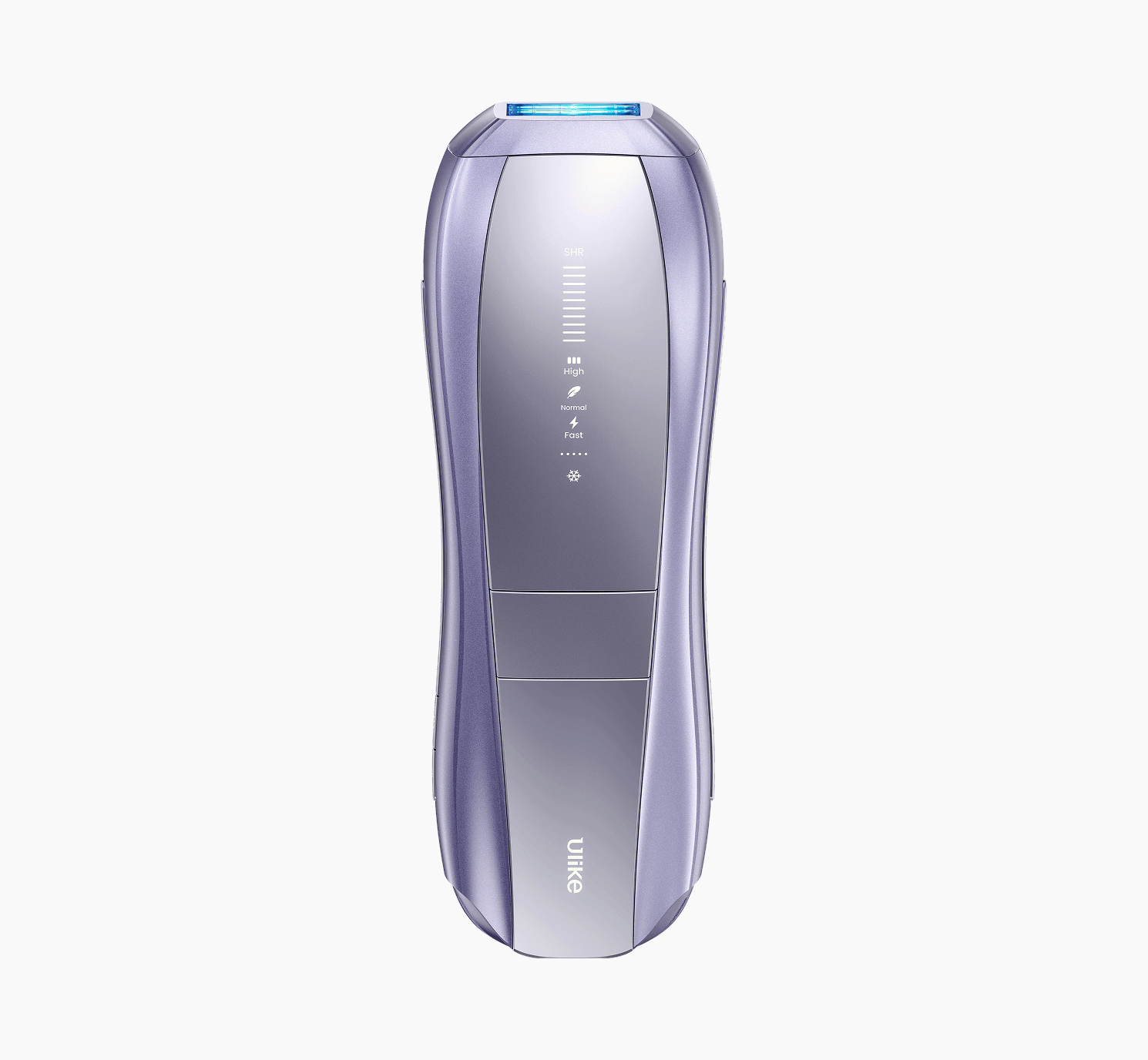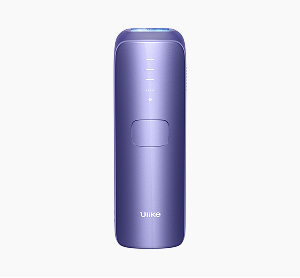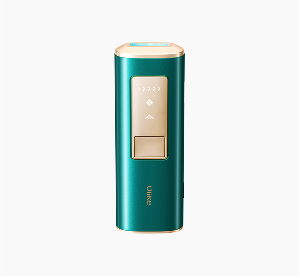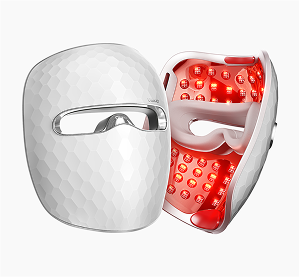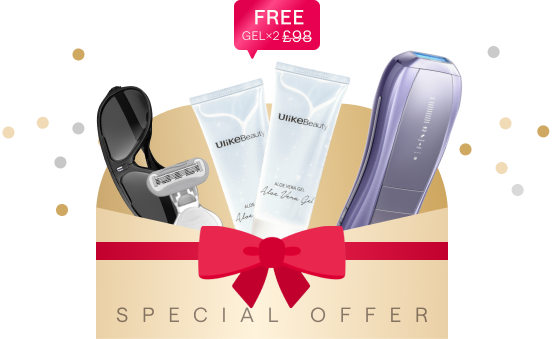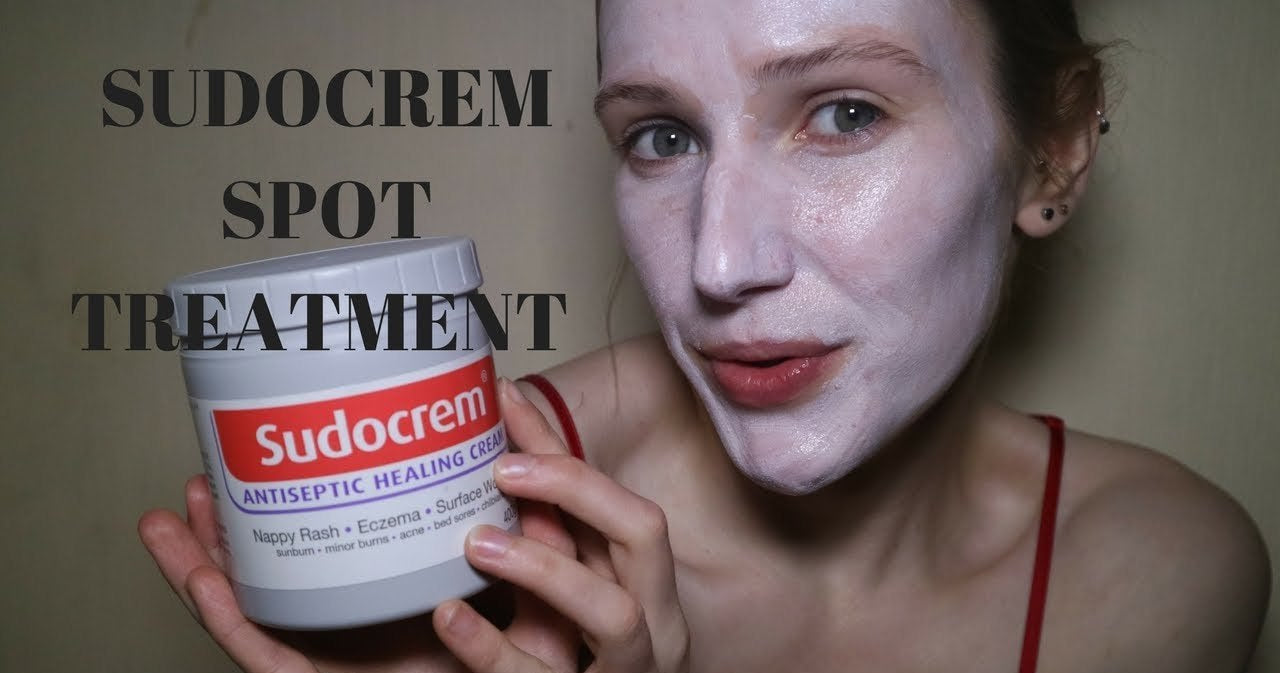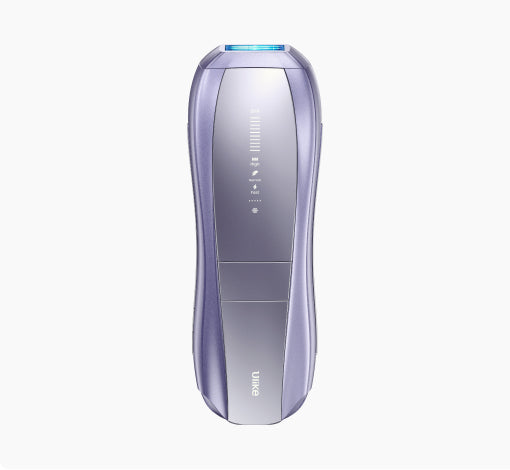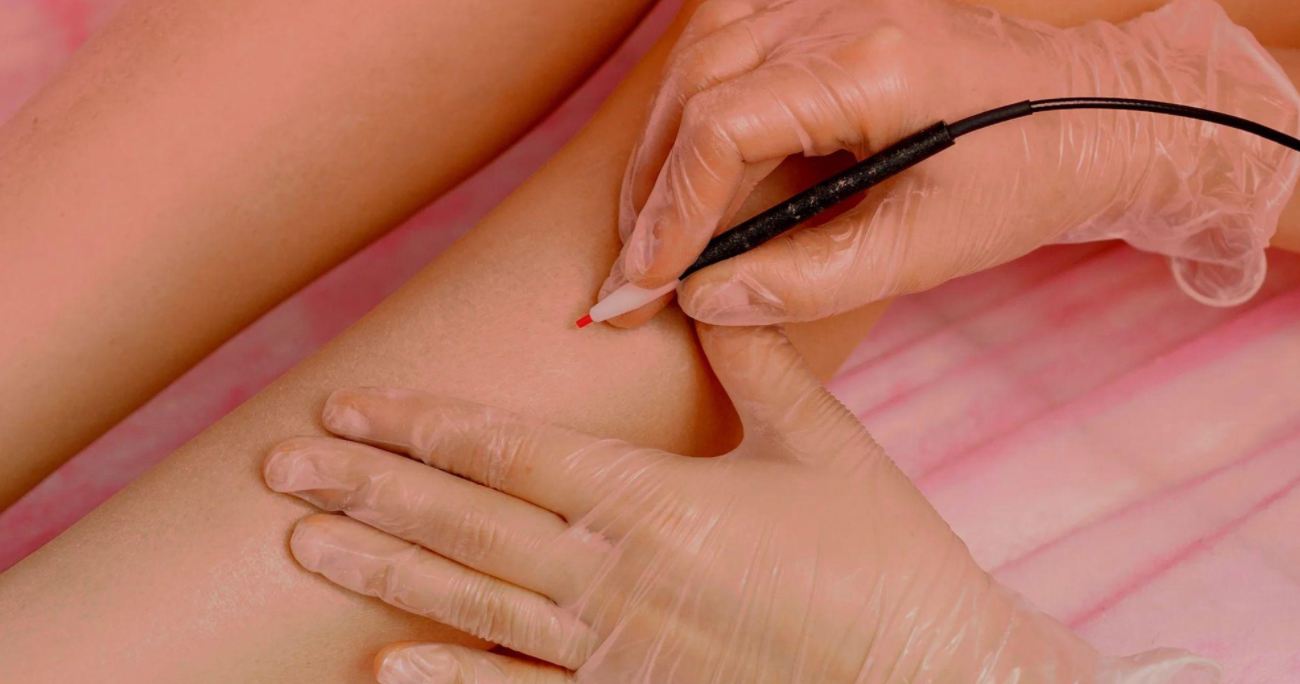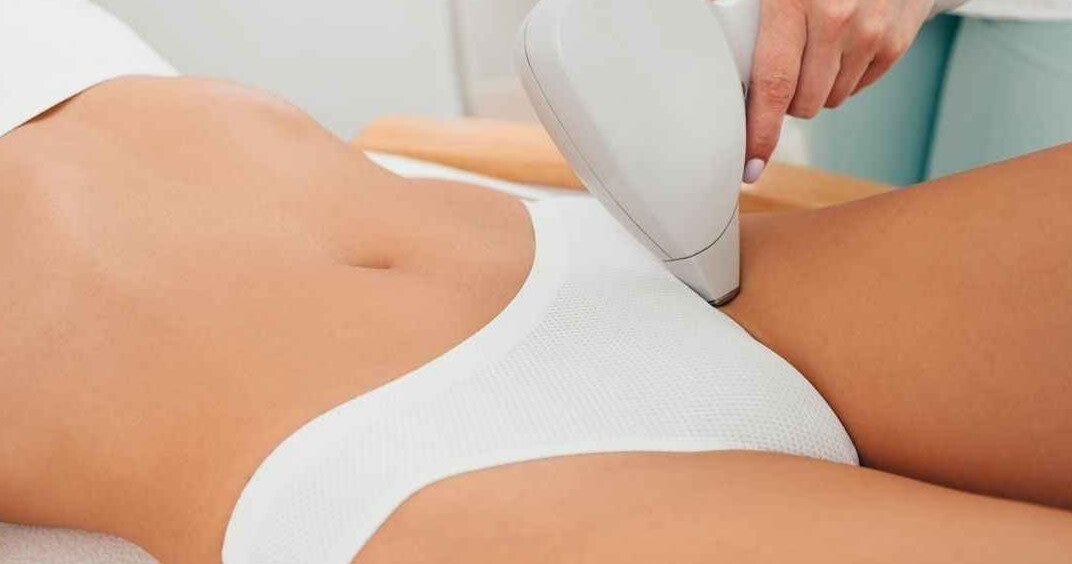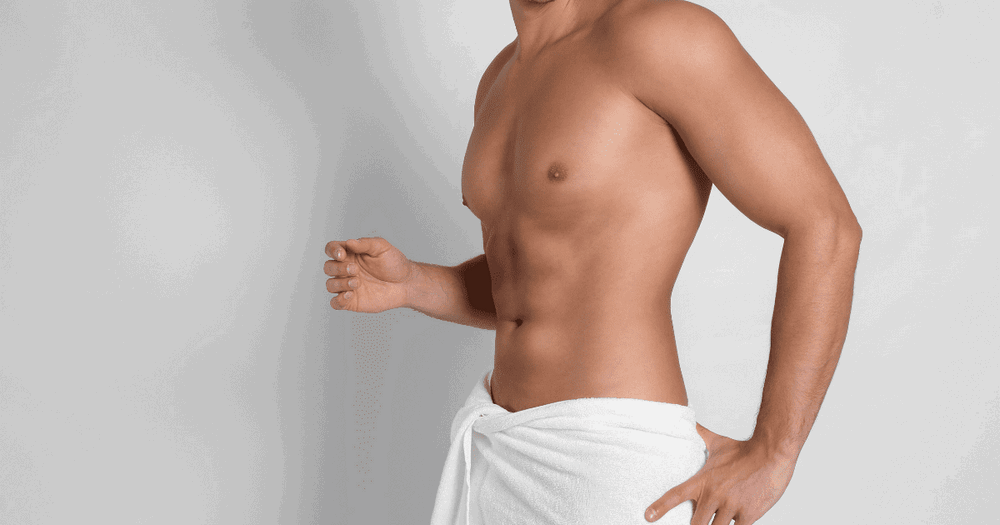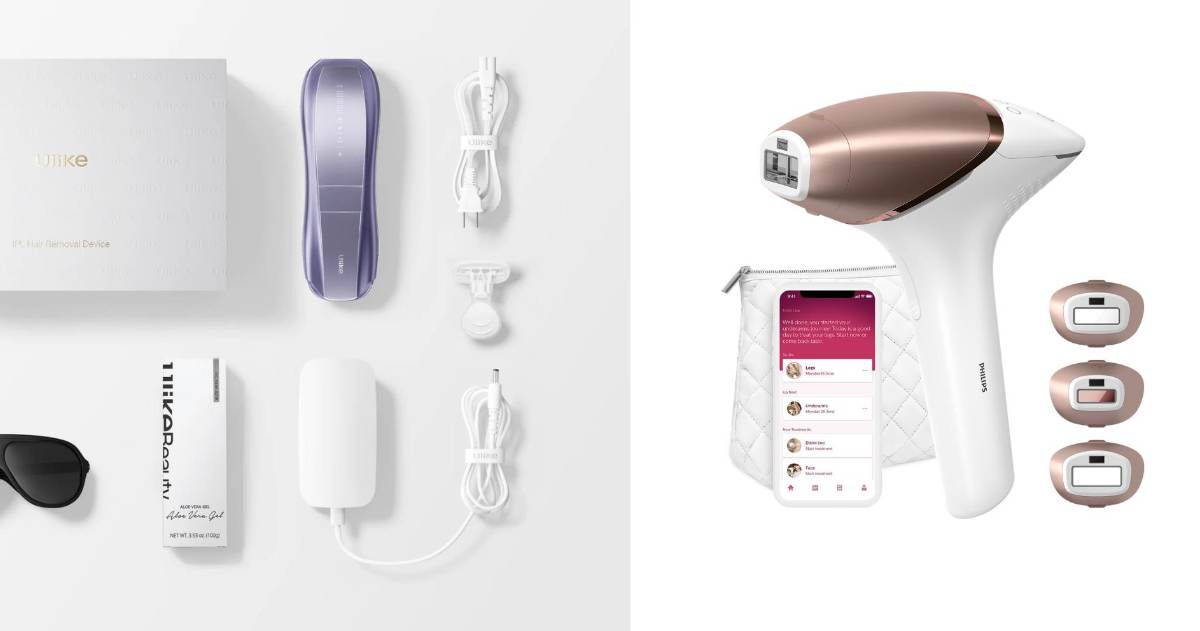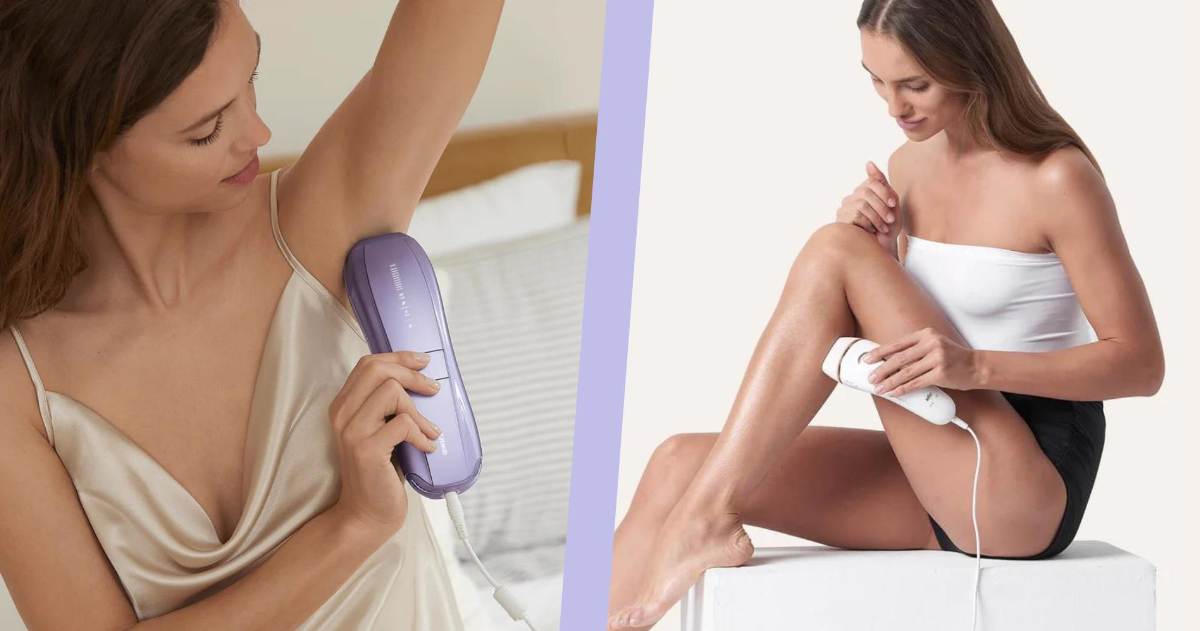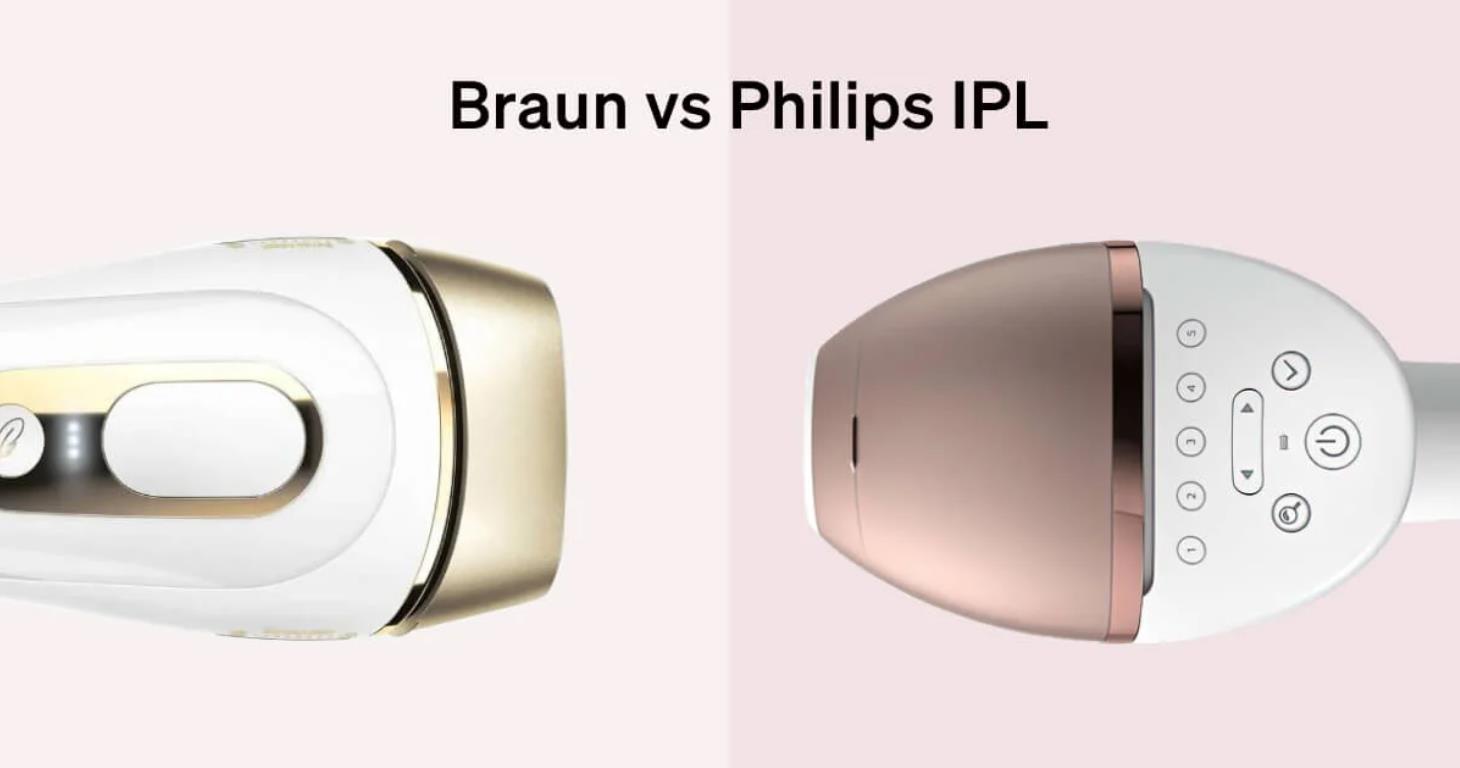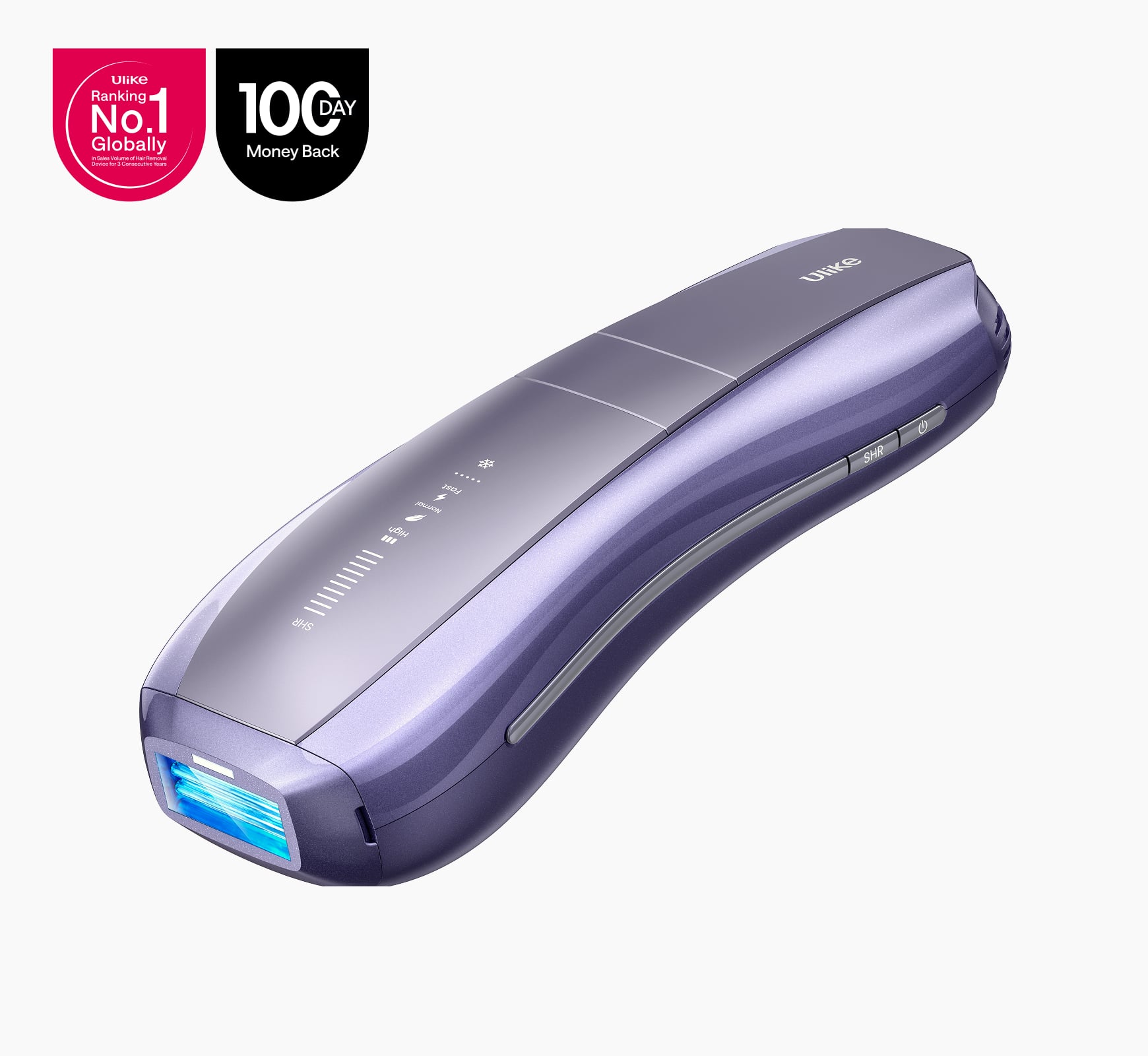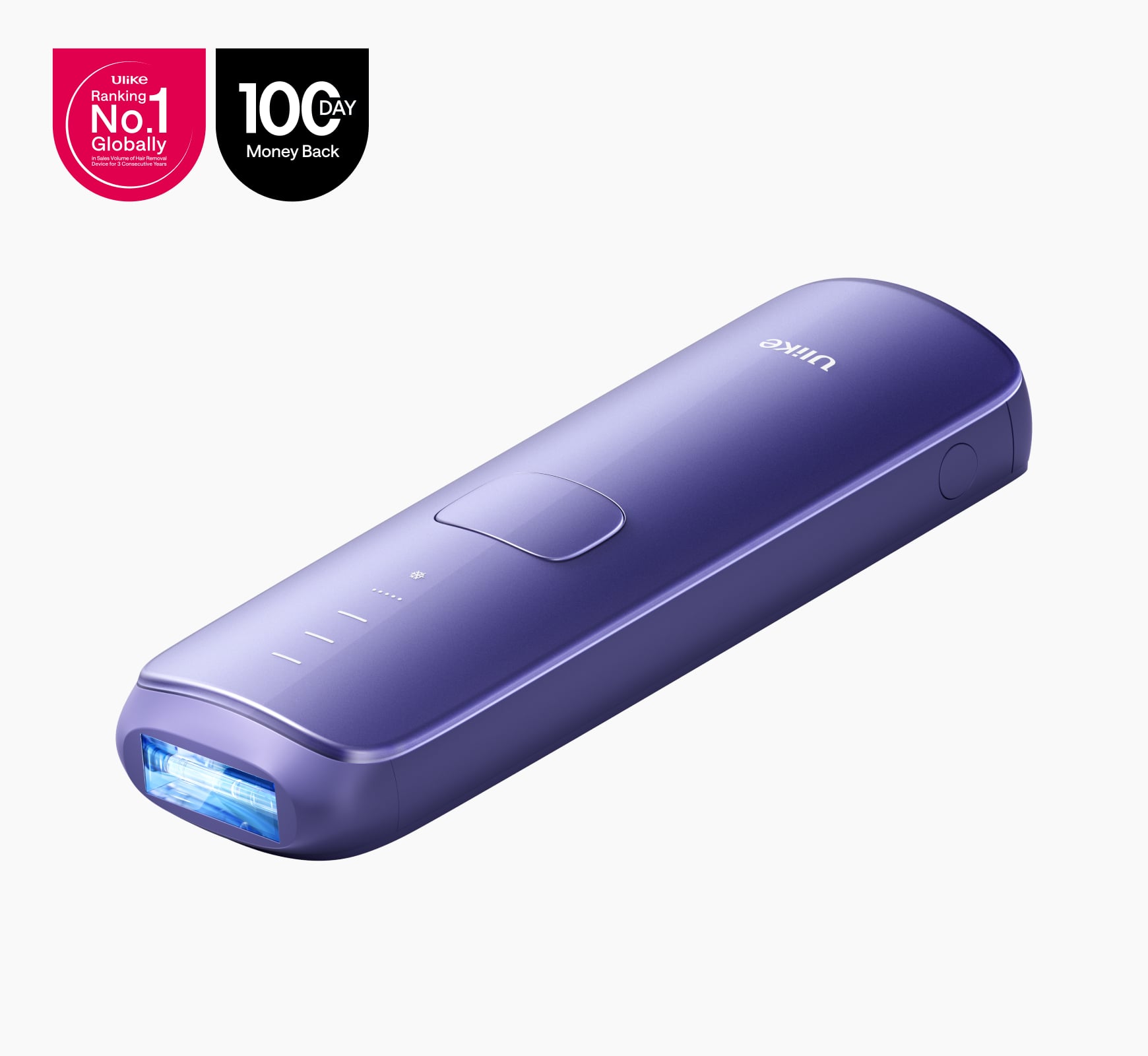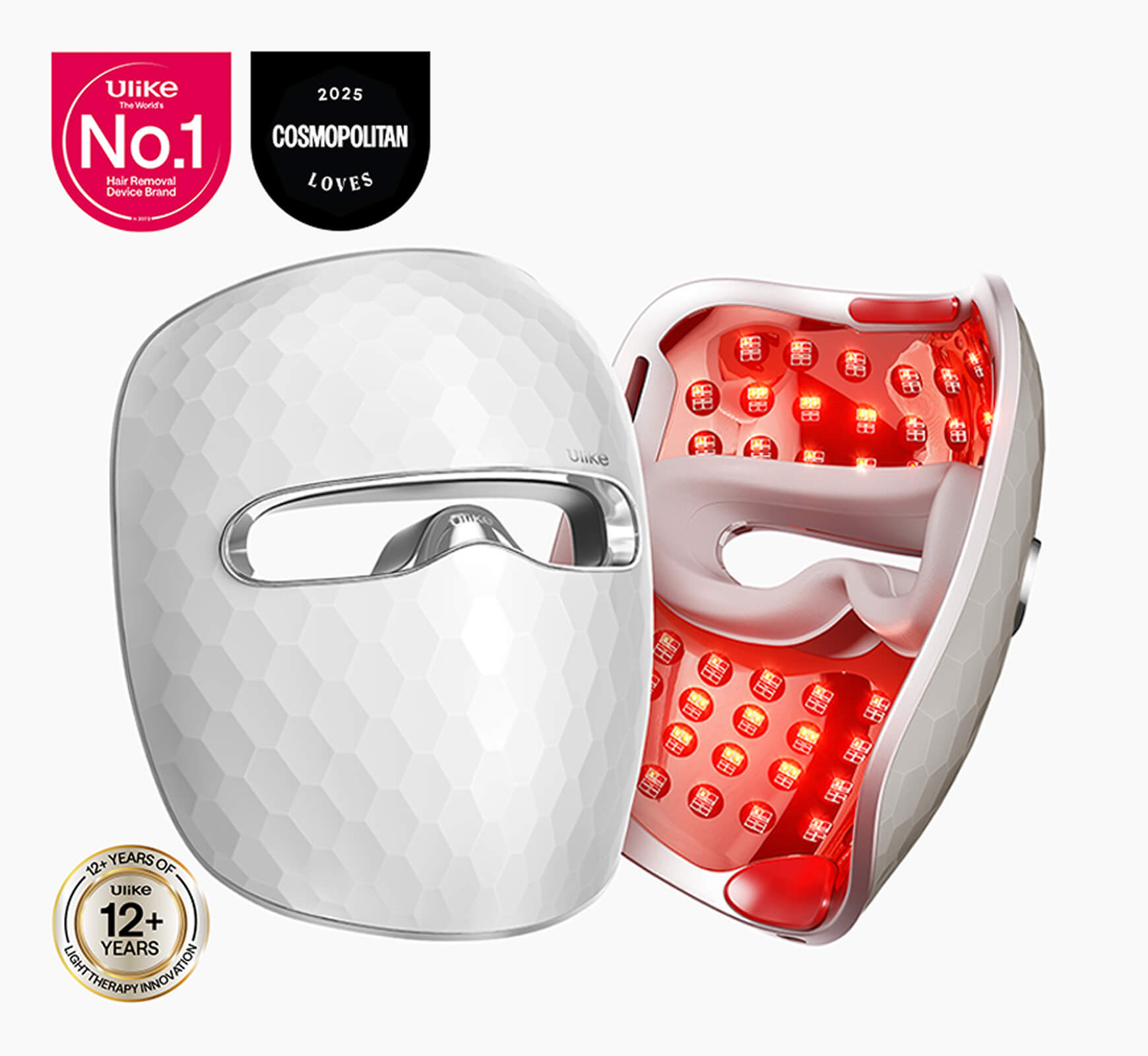Sudocrem is a cream that many people use to take care of their skin especially when it comes to dealing with spots. Although it is widely known for its use on baby skin, it has also gained popularity for addressing acne and other skin imperfections. When you apply Sudocrem to the affected area, it creates a layer that can help soothe irritation and reduce redness. One of its ingredients, zinc oxide, has drying and healing properties.
However, it is important to note that Sudocrem is not specifically formulated or clinically tested as an acne treatment. Its effectiveness may vary depending on the individual and the severity of their condition. It is however always recommended to do recommended patch tests, follow the provided instructions carefully and consult a dermatologist if you have concerns, about acne. But Does Sudocrem help with spot treatment? Read along to find out!
Table of Contents:- Part 1: What is Sudocrem Used For?
- Part 2: Does Sudocrem help spots?
- Part 3: The Limitations of Sudocrem for Spots
- Part 4: Lack of scientific studies on Sudocrem's effectiveness for spots
- Part 5: More FAQs about Sudocrem
What is Sudocrem Used For?
Sudocrem is a well-formulated cream that can be used for more, than just treating spots and acne. Its main benefits include soothing and safeguarding the skin from irritations like diaper rash, minor burns, cuts, and wounds.
Primary uses and ingredients of Sudocrem
The cream contains components such as zinc oxide, benzyl benzoate, benzyl alcohol, and other ingredients that provide moisturizing and protective effects. Zinc oxide is a substance found in Sudocrem that's well known for its soothing and healing properties. It forms a layer, on the skin surface to keep moisture from escaping and guard against irritants. Benzyl benzoate functions as an antiseptic while benzyl alcohol aids in its soothing properties.
Sudocrem is primarily formulated to address diaper rash and eczema in infants. Nonetheless, it can also be utilized for purposes such, as treating blemishes, sunburns, or insect bites. Sudocrem has become popular, as a solution for acne, blemishes and other skin imperfections. Some individuals have found it to be helpful in reducing redness and inflammation associated with breakouts.
Potential dangers or side effects
However, it's important to note that Sudocrem is not specifically designed exclusively for treating one skin issue (such as acne for example). Therefore its effectiveness may vary depending on the individual and the severity of their acne. While Sudocrem is generally considered safe for use by people it's crucial to be aware of risks and side effects.
In essence, Sudocrem is commonly used for skincare purposes like treating blemishes soothing irritations and protecting the skin. It contains ingredients such as zinc oxide. Benzyl alcohol offers soothing effects.
However, it's worth mentioning that while some people use Sudocrem as a spot treatment for acne it does not have a formulation targeting acne alone so its effectiveness may not be as potent or differ from person to person. It's always advisable to conduct a patch test before using any product to check for any skin sensitivities or allergies. If you have any concerns or doubts, about using Sudocrem it's best to consult with a healthcare professional.
Does Sudocrem help spots?
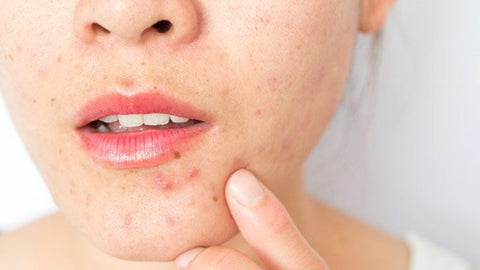 Some people think that Sudocrem is not effective in healing spots, while others are unsure how it works. Well, If you're curious about Sudocrem, here is your answer: Sudocrem is a skin treatment that is directly applied to the skin and it can help with spots in several different ways.
Some people think that Sudocrem is not effective in healing spots, while others are unsure how it works. Well, If you're curious about Sudocrem, here is your answer: Sudocrem is a skin treatment that is directly applied to the skin and it can help with spots in several different ways.
Why Sudocrem may help spots
The components that make up the Sudocrem formula are the major reasons why this skin treatment can help with spots.
- It contains Zinc oxide.
This compound has been found to have some level of effectiveness in reducing the volume of fluid from skin, which is good for both burns as well as dry rashes. In addition, Zinc oxide is also an important nutrient that helps fight skin inflammation and infection.
- It contains Benzyl alcohol.
This compound lessens the irritation caused by a lack of water in the skin during any kind of outbreak. It also has antiseptic and anesthetic properties that help calm inflammation and reduce redness. The water-repellent base forms a barrier which is protective and stops irritants, while the protective emollients keep the area moist, and yet dry enough to avoid breeding bacteria.
- Lastly, research suggests that the presence of zinc can help speed wound healing.
Sudocrem also soothes minor cuts, scratches, nicks and scrapes - even bed sores. You can see some of the anecdotal evidence and personal experiences of individuals who claim Sudocrem has helped with their spots here.
The Limitations of Sudocrem for Spots
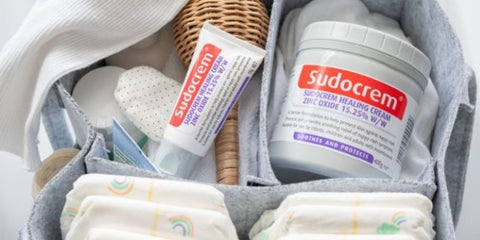 A saying goes that everything that has an advantage also comes with disadvantages. As such, there are a few downsides to using Sudocrem for spot treatment. One of them is that Sudocrem contains benzyl alcohol, which can cause irritation for people with rosacea. This could potentially make redness and dryness worse.
A saying goes that everything that has an advantage also comes with disadvantages. As such, there are a few downsides to using Sudocrem for spot treatment. One of them is that Sudocrem contains benzyl alcohol, which can cause irritation for people with rosacea. This could potentially make redness and dryness worse.
Another drawback is that Sudocrem does not seamlessly blend with the skin. Therefore it may not be suitable for use outdoors. Similarly, not blending well into the skin can make it a little difficult to remove.
Another limitation is that Lanolin, Sudocrem's ingredient, is capable of clogging pores which can lead to increased spots and lumps. If you apply Sudocrem and it causes irritation, it would be a nice idea to seek advice, from a professional.
Lack of scientific studies on Sudocrem's effectiveness for spots
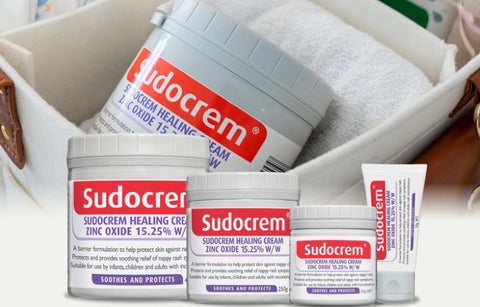 The effectiveness of spot treatments for acne can vary greatly depending on the individual's skin type, the severity of acne, and other underlying factors. While some individuals may report positive experiences using Sudocrem for spot treatment, these are anecdotal accounts and do not provide scientific evidence of its efficacy.
The effectiveness of spot treatments for acne can vary greatly depending on the individual's skin type, the severity of acne, and other underlying factors. While some individuals may report positive experiences using Sudocrem for spot treatment, these are anecdotal accounts and do not provide scientific evidence of its efficacy.
It is worth mentioning that although Sudocrem has become popular for treating spots, there are no scientific studies that specifically investigate its effectiveness in addressing spots or acne. Most scientific research on Sudocrem primarily focuses on its uses, such as providing relief, for diaper rash and skin irritations. In the field of dermatology when it comes to treating acne, the options usually rely on studies and clinical trials that have been well-established. These studies assess how effective different ingredients and formulations are in managing acne giving us recommendations that are based on evidence.
However, Sudocrem hasn't been extensively researched and proven scientifically to be specifically formulated for treating acne spots. Although there may be reports of Sudocrem being successful in spot treatment, the lack of studies specifically investigating its effectiveness for spots or acne makes it difficult to come to definite conclusions. The best approach, for managing acne is to rely on evidence-based treatments recommended by dermatologists. In actuality, even though Sudocrem has some positive reviews from people who have used it, it is primarily formulated as a barrier cream and may not penetrate the skin deeply enough to address the underlying causes of spots.
More FAQs about Sudocrem
- Can I Use Sudocrem in My Private Area?
No, you cannot use Sudocrem in your private area. The reason is that Sudocrem is made to be used externally not on the vagina, rectum, penis, or even inside your mouth. It is not recommended to apply Sudocrem or any other creams or ointments for external use in private areas without proper medical advice.
- Is Sudocrem Antifungal?
Yes, Sudocrem is an over-the-counter medicated cream that contains antibacterial and antifungal agents. The benzyl alcohol and cinnamic acid found in Sudocrem have antibacterial and antifungal properties which can be helpful for several skin conditions.
- How Long Does Sudocrem Take to Work?
It is great for soothing sore skin and treating nappy rash and has been proven to rapidly reduce the redness, swelling, heat, and pain of nappy rash within 24 hours. Sudocrem's soothing properties can provide immediate relief from eczema, but it may take a few days of consistent application before people see noticeable improvements
- Does Sudocrem help acne
According to Sudocrem, their Antiseptic Healing Cream is licensed for use on acne because Sudocrem contains zinc oxide and benzyl alcohol, which may help with acne.
Conclusion
In conclusion, Sudocrem is a well-formulated skin care cream that can be used for more, than just treating spots and acne. It has several other benefits including soothing and safeguarding the skin from irritations, diaper rash, minor burns, cuts, and wounds. The cream contains components such as zinc oxide, benzyl benzoate, benzyl alcohol, and other ingredients that provide moisturizing and protective effects.
Indeed there might have not been any scientific research to back up the effectiveness of Sudocrem; nevertheless, there have been many testimonies to its effectiveness. From a mother, who called Sudocrem the “magic cream” because it helped her girls to another mother whose child was healed of carpet burn, the list is endless. However, there is a need for further scientific research to determine Sudocrem's efficacy for spot treatment. As such, it is better to make informed decisions based on individual skin needs and to consult professionals for guidance when necessary.

